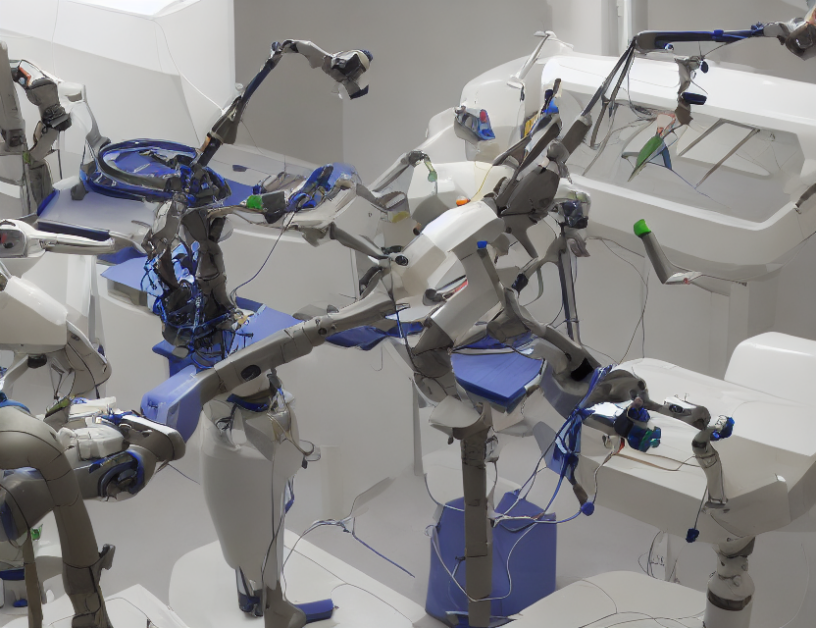Medical robots are becoming increasingly important in healthcare, but they need to be able to safely interact with the human body. To do this, they require accurate models of contact forces to predict how they will behave when they touch a person. There are several models available, but one popular one called the Hunt-Crossley model has some limitations. It can be difficult to identify the right parameters for this model and it doesn’t take into account the elasticity of the materials involved. This can lead to inaccuracies in the predicted forces.
In this article, the authors explore these challenges and discuss how medical robots need to be able to accurately estimate contact forces to perform their tasks safely. They also examine the limitations of the Hunt-Crossley model and suggest that a more advanced approach may be needed to fully account for the complexities of contact forces in medical robotics.
Analogy: Imagine trying to hit a baseball with a bat. If you don’t know how hard you need to swing, you might miss the ball entirely or hit it too hard and injure yourself or someone else. Medical robots are like the bat – they need to accurately estimate the force required to interact with the human body to avoid causing harm.
Accurate Estimation of Elasticity in Robot-Assisted Surgery Using an Online Kalman Filter and Hunt-Crossley Model



